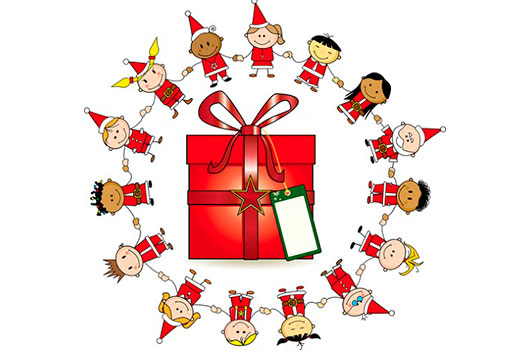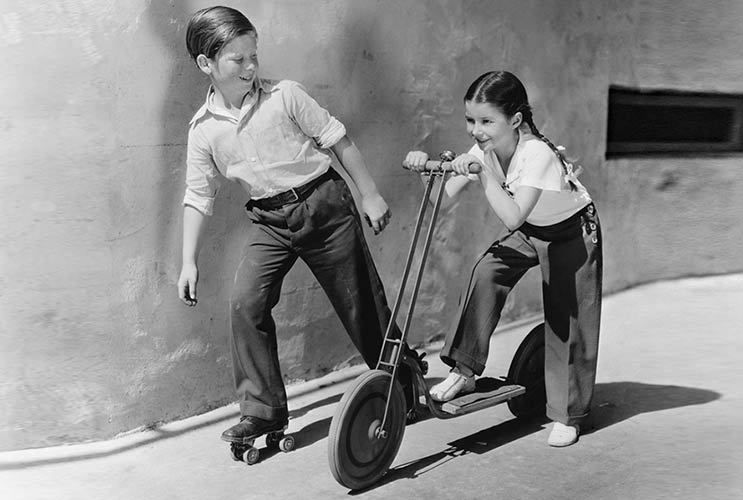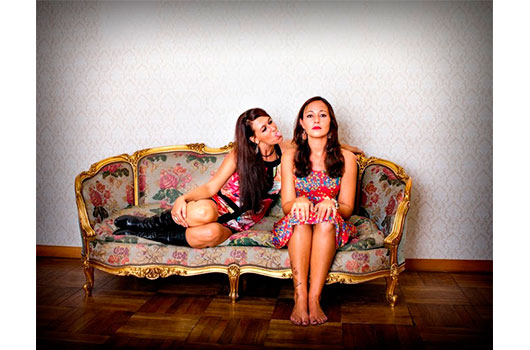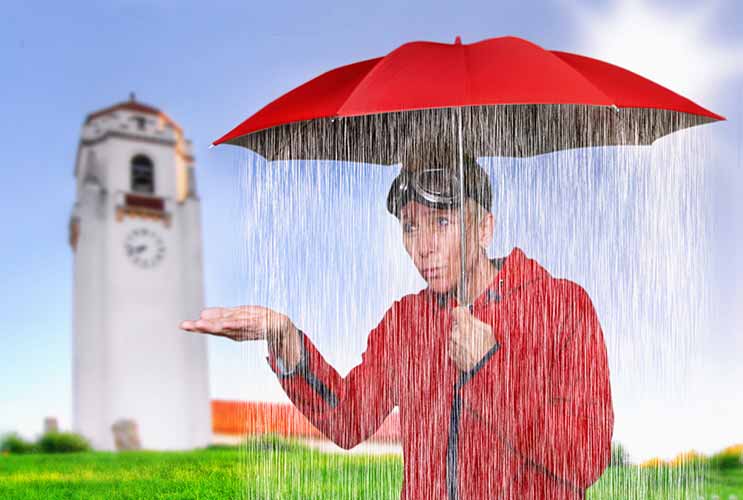
Fifteen years ago I married Carlos, a Salvadoran immigrant who spoke little English. Because we were young, pregnant, and poor at the time—instead of moving to our own place—I moved Carlos into my parents’ house where I was still living. From the outside it didn’t seem like the most ideal situation, but living with my English-speaking Anglo parents turned out to be a unique opportunity for Carlos to get a crash course in English and American culture.
Of course, living in such a situation made our diverse backgrounds that much more apparent—especially during holidays, and especially during Christmas.
OUR FIRST CHRISTMAS
Although wowed by my parents’ large, fresh pine tree covered in tiny white lights and ornaments, Carlos soon found that everything else about Christmas in the United States—at least in his opinion—wasn’t as good as it was in El Salvador. Baked ham instead of tamales; a quiet Christmas Day instead of the party atmosphere of Noche Buena; sitting in front of a fireplace or watching snow fall instead of posadas and dancing; Silent Night instead of cumbia music; intimate family get-togethers instead of massive fiestas with dozens of cousins… Everything was just so different and the more differences he discovered, the more nostalgic he felt for the Christmas he was missing back in El Salvador.
BLENDING CULTURES
Over the years, out of my own passion for Latino culture, a need for our boys to know their roots, and a desire to make Carlos happy, I have slowly incorporated Salvadoran traditions into our holiday. The Christmas season at Casa López is most certainly bicultural, and each year I learn something new or Carlos remembers something he misses, and we add it into the mix.
Read Related: Help Your Kids Embrace Their Mixed Heritage
HOW TO HAVE A BICULTURAL CHRISTMAS
Do you have a bicultural family? Here’s how you can make sure your children are staying in touch with their roots from both sides of the family and that everyone is happy this holiday season.
Make a list of traditions.
Sit down with your spouse and each of you create individual lists of favorite holiday traditions—everything from activities you like to do, foods you like to eat, events you like to attend, songs you like to sing, decorations that symbolize the festivities to you, types of religious services that are important to you, etc. Close your eyes and think back to your favorite Christmas memories. What does it smell like? What do you hear? Is it the scent of fresh pine needles and the sound of bells jingling? Or is it tamales steaming and the crackling of fireworks going off in the street?
Time to talk it out!
Talk to your spouse about what you’ve written down. Share the happy memories! Hopefully he’ll be excited and curious about your traditions and you will feel the same about his.
Get a calendar.
Time to make a plan for how you’ll celebrate and on which days. You have the entire month of December and into January to enjoy the season—in other words, plenty of time to celebrate in every way that is special to you. If there are any direct conflicts (such as which religious service to attend), agree to alternate years and flip a coin to see who goes first. In most cases it won’t come down to this. If you want Chinese food on New Year’s Eve and he wants turkey roasted in salsa, what does it hurt to do both? Worst case scenario, you’ll just have a lot of leftovers in the fridge for the next day. Compromise, compromise, compromise—it’s what marriages, especially bicultural marriages, are made of.
Merry Christmas and ¡Felices Fiestas!










